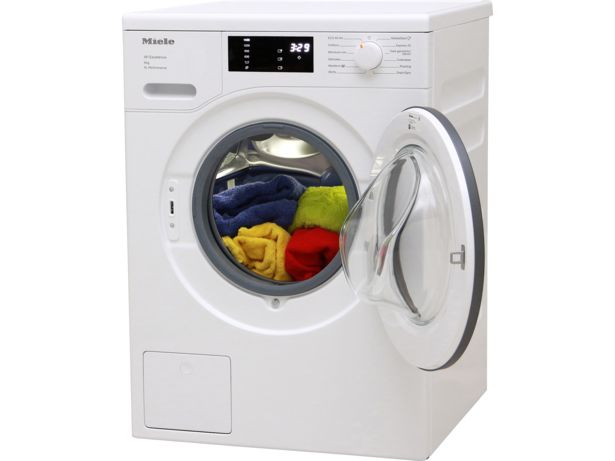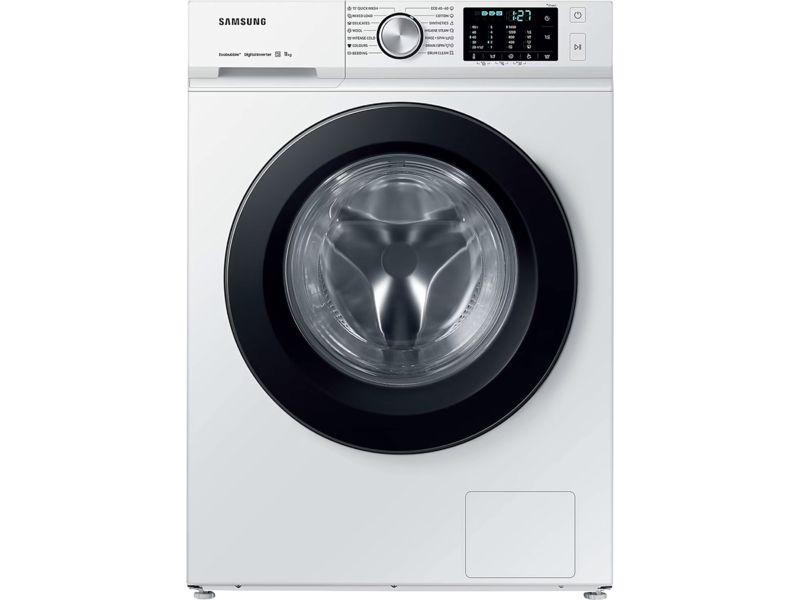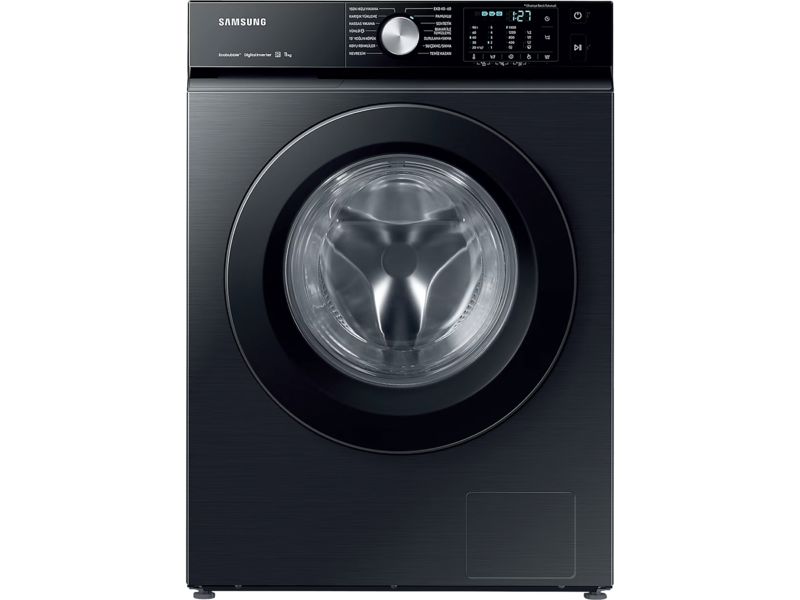By clicking a retailer link you consent to third-party cookies that track your onward journey. If you make a purchase, Which? will receive an affiliate commission, which supports our mission to be the UK's consumer champion.
How to wash trainers: 8 things you should never do

In this article
- 1. Don't ignore the label when washing trainers
- 2. Don't wash trainers with loose insoles inside
- 3. Don't wash trainers with the laces in
- 4. Don't leave trainers caked in dirt
- 5. Don't put trainers in the washing machine on their own
- 6. Don't put trainers on a hot wash
- 7. Don't wash trainers in powder detergent
- 8. Don't dry trainers on the radiator or use a tumble dryer
Trainers take a battering, especially if you exercise outdoors all-year-round, so it's a good idea to wash them every now and then.
There are mixed messages around exactly how to clean them, though. Some say avoid the washing machine altogether, while others say it's fine.
We explain eight things you should never do when washing your trainers, so you can keep them tip-top for longer – great news for your wallet and the planet.
Read Best Buy washing machines to see which aced our tough tests.
Be inspired to make home improvements. Sign up for our Home newsletter – it's free monthly
1. Don't ignore the label when washing trainers

As always, the first thing you should do before chucking anything into the wash is check the label.
It should have information on whether you can wash your trainers in a washing machine or not.
If there's no label, you can check online (either with the manufacturer or the retailer) to see exactly what the care instructions are.
It's better to be safe than sorry, so if you aren't able to find out either way, we would advise handwashing your trainers instead.
2. Don't wash trainers with loose insoles inside

If you can, remove the insoles so you can properly wash underneath them.
These are often made of a synthetic foam that you won't want to get too wet, as otherwise, they will take a long time to dry fully.
You can still clean the insoles by giving them a quick wipe with a damp cloth and leaving them to air dry completely.
3. Don't wash trainers with the laces in

Regardless of whether you're planning to handwash or machine wash your trainers, make sure you remove the laces first.
This will not only mean you can really get inside the nooks and crannies to clean them more easily, but also the colour of your trainers won't leach onto the laces and vice-versa.
You can handwash your laces separately using soap, warm water and a microfibre cloth if they need a quick clean.
4. Don't leave trainers caked in dirt

Try to get rid of most of the dirt and grime with a brush or cloth before washing them, making sure you scrub the sole and any places where mud accumulates.
You can then handwash them in cold water with a little liquid detergent if they've really taken a battering.
If the label says you can machine wash them, now's the time to throw them in, but...
5. Don't put trainers in the washing machine on their own

Trainers will just tumble around and damage the drum and themselves if you don't add in some extras with them.
Towels are a good option, as they will absorb the hard impact of the tumbling trainers.
If your manufacturer states it's safe to machine wash the laces too, put them in a fabric bag (or a pillow case). This will stop them from getting stuck in the drum holes or rubber seal and potentially causing damage.
Is your appliance not working as it should? Read common washing machine problems and how to fix them
6. Don't put trainers on a hot wash

You want to make sure the colours on your trainers don't fade, so it's worth washing them on a cooler cycle, even if the label says you can wash them hotter.
If your washing machine doesn't have a cold wash option, choose the lowest temperature possible, which will probably be 20°C.
You'll also be saving energy. Our investigation into washing at lower temperatures found that washing at 20°C uses 62% less energy compared with washing at 40°C on average.
7. Don't wash trainers in powder detergent

The inside of your trainers won't have as much water circulating during the wash.
Because of this, powder detergent might not dissolve fully (especially on a cold wash) and it will just get stuck inside, particularly along the seams.
Liquid detergents work better at lower temperatures, and you also won't have to worry about any issues with it not dissolving.
You won't need as much as you use in a full wash, though. Consider using just half a cap's worth.
Read our laundry detergent reviews to discover our Best Buy, Great Value and Eco Buy detergents
8. Don't dry trainers on the radiator or use a tumble dryer

Heat could warp the plastic and rubber parts of your trainers and mean they don't quite fit like they used to. Radiators – and particularly tumble dryers – are a no-go.
Instead, hang them up by their backs at first, then turn them the other way around and hang them by the tip.
Outdoors would be best for this, as they will dry quicker, but indoors will be perfectly fine too.
To dry the insides fully, you can use silica gel bags (the little white 'salt' packets that come inside some furniture, suitcases, clothing etc. that say 'do not eat'). These will help to absorb as much moisture as possible.
Read Seven things you need to know when washing workout wear and gym clothes



